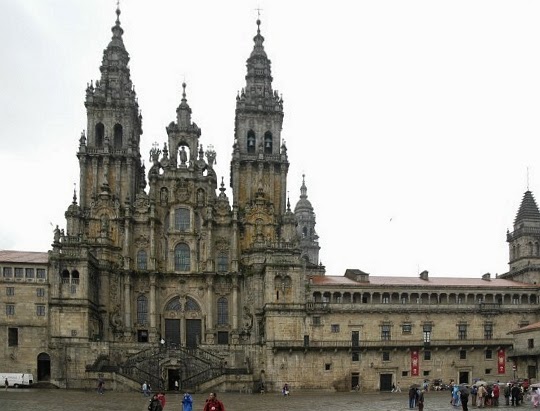Executive summary by darmansjah
The Way of St. James
is the name of any of the pilgrimage routes (most commonly the Camino
Francés or
The Way of St. James was one of the most important Christian
pilgrimages during medieval times, together with Rome and Jerusalem, and a
pilgrimage route on which a plenary indulgence could be earned; other major
pilgrimage routes include the Via Francigena to Rome and the pilgrimage to
Jerusalem.
Legend holds that St. James's remains were carried by boat
from Jerusalem to northern Spain where he was buried on what is now the city of
Santiago de Compostela.
The Way can take one of dozens of pilgrimage routes to
Santiago de Compostela. Traditionally, as with most pilgrimages, the Way of
Saint James began at one's home and ended at the pilgrimage site. However a few
of the routes are considered main ones. During the Middle Ages, the route was
highly traveled. However, the Black Death, the Protestant Reformation and
political unrest in 16th-century Europe led to its decline. By the 1980s, only
a few pilgrims per year arrived in Santiago. Later, the route attracted a
growing number of modern-day pilgrims from around the globe. The route was
declared the first European Cultural Route by the Council of Europe in October
1987; it was also named one of UNESCO's World Heritage Sites.
Whenever St. James's day (25 July) falls on a Sunday, the
cathedral declares a Holy or Jubilee Year. Depending on leap years, Holy Years
occur in 5, 6 and 11 year intervals. The most recent were 1982, 1993, 1999,
2004, and 2010. The next will be 2021, 2027, and 2032

No comments:
Post a Comment